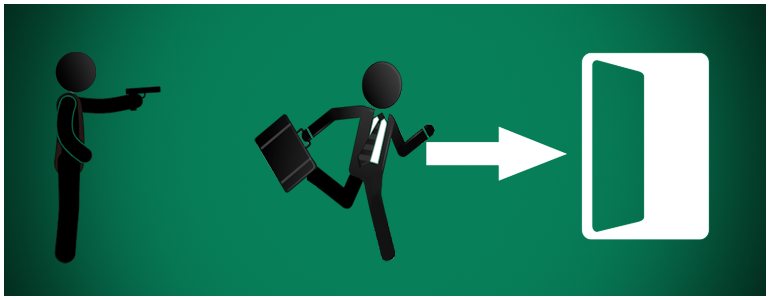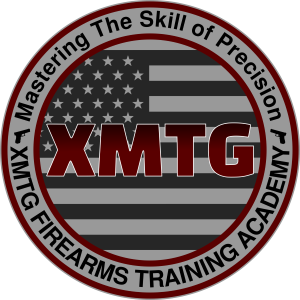
Long before Xtreme Measures did me the honor of allowing me to share my thoughts about gun-related topics on their blog, I was just a typical student of several of their pistol self defense and rifle classes. I’ve learned much during these classes, but arguably the most valuable lesson they taught me is when not to shoot.
Perception Isn’t Reality
When people learn that I carry a gun or that I have gone to various classes to learn how to use it properly, it’s almost automatic for folks to jokingly run hypotheticals by me. They say things like, “What would you do if someone tried to rob you with a knife?” or “How would you handle it if someone just started shooting at your car?” Even though they’re just fooling around, they’re nevertheless surprised when instead of saying that I’d “Batman up” and lay waste to my foes, I instead answer, “If the opportunity presented itself, I’d turn and run.”
I think people are a bit disappointed to hear this. TV and movies have led them to believe that a guy carrying a gun is always itching for a gunfight. Not this guy. Though I’ve believed that conflicts should be sidestepped where possible even before I met James Ferguson, I am convinced now more than ever that avoiding a fight is usually the best option, precisely because of the training that he has instilled in me.
James teaches his non-law enforcement students that, since we’re not cops, we have no obligation to run toward danger, and that our own survival and the survival of our families is our highest priority. If achieving that goal means that you must shoot, then shoot. If it means running, you run. Surely I’d make exceptions with my own safety before I’d watch another innocent person take my place, but, by and large, when the fit hits the shan, getting away from the danger is an ideal tactic.
In one class, I recall James mentioning that he’d read a published study by the FBI wherein they analyzed several years’ worth of real-life gunfights and found that they take place at remarkably short distances of about 10 feet or less. The FBI concluded that, at distances greater than this, practically no one armed with a handgun can hit what they’re aiming at in a stress-fire scenario. James teaches his students to be proficient at distances about three times this critical range, to give them an edge. But more importantly, he is fond of saying, “If they’re more than 10 yards away, run; they’re not going to hit you.”
Aside from running when running will solve the problem, he has made it abundantly clear that deadly force is a measure of last resort, in general. As someone who works in the legal field, I know all too well how easy it is for a prosecutor or plaintiffs lawyer to bring an action against you that’ll ruin your day. I trust in our justice system to do the right thing 99.999% of the time, but that doesn’t mean that there is not a great financial and emotional cost to be borne getting from the point of prosecution to the point of exoneration.
Some of the firearms instructors out there don’t do nearly enough to educate their students about the realities of using deadly force. They teach their students how to shoot (maybe) and then cut them loose. But James and his team do a superb job of making sure that students (who they equip to be lethally effective) understand that there’s no such thing as a free lunch, so you had better rule out other reasonable options before resorting to deadly force.
How Does This Jibe With Your Expectations?
I’m sure some people who fancy themselves a modern day Wyatt Earp will be a bit disappointed by all this. These he-man mall ninjas can’t possibly fathom not saving the day.
But there are few people who really mean it (or who really know if they can make good on their bragging). My best friend was deployed 11 times in Iraq, Egypt, and Columbia, and he is rather accustomed to being shot at. If he tells you that he’s going to run toward the danger, you’d be wise to believe him. But the reality is that, unless you’ve been in combat or get guns pointed at you for a living, that’s all empty talk.
Further, I’m sure there are even more folks who hear about people learning to properly defend themselves with guns, thinking, “I bet people go to shooting schools like this just to learn to start trouble.” Not at all, as I hope this article has adequately conveyed. People like me learn to shoot, to run, to do whatever they need to do to survive an encounter with a dangerous person, but we also put equal or greater emphasis on avoiding the bad guys.
Xtreme Measures Training Group doesn’t teach shooting. They teach you how to survive, which might mean you need to squeeze a trigger, but it might also mean getting the heck out of Dodge while the getting’s good.


You must be logged in to post a comment.